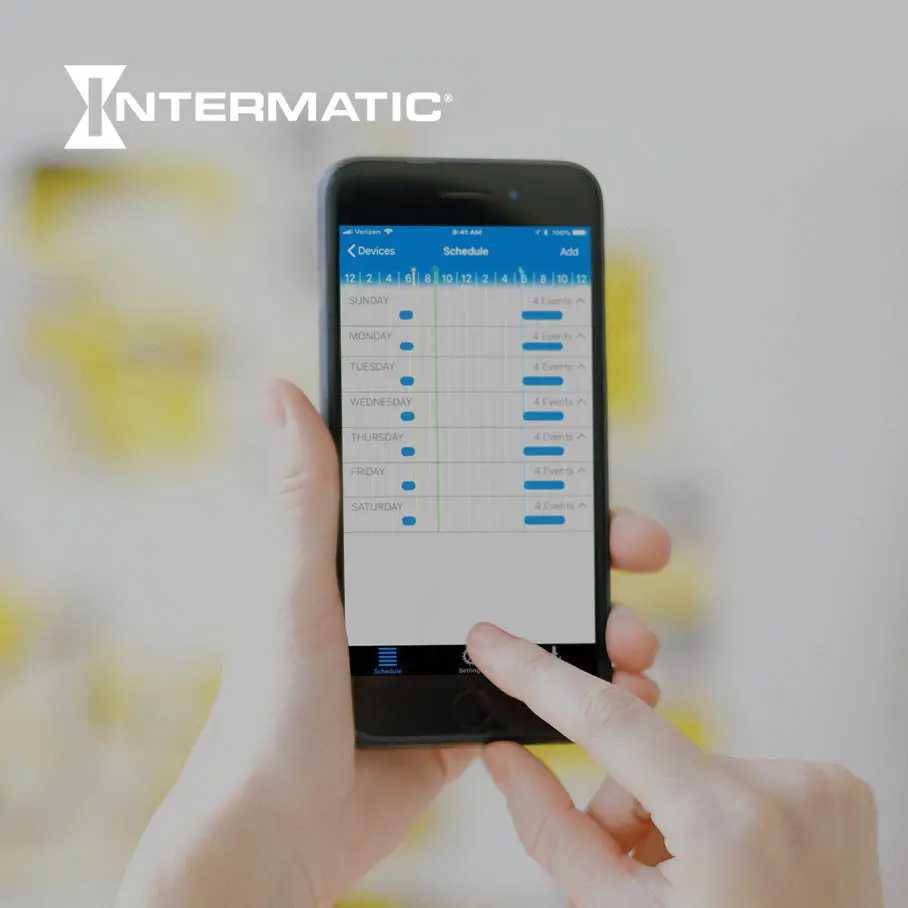Let’s say you’ve done the first step. In developing your connected product, you actually talked to the end users of your product. You already know that connected products must fulfil an unmet need because you talked to your customers to discover what that is.
Now, what are the next steps in understanding the customer journey? If you’ve started by communicating with your end users, you’re on the right track. It’s what you do next that will set you up for success in the long term. Here are the top three missed opportunities when it comes to understanding the customer journey.
- Assuming that connecting is easy
- Not building a product that has staying power
- Stagnating instead of continuing to look at ways to create new value
To begin with, don’t assume that connecting is easy. Although smart and connected products require network connectivity, businesses often struggle to create a seamless connection experience for end users. Guiding users through connecting (and keeping their device connected) is crucial for long-term success and consumer retention. Manufacturers tend to think it’s easy: “Users will just connect to the wifi, and it will work.” But what if the person attempting to connect the device isn’t technically inclined? How do you make that process as easy as possible? And how do you make it so that the product handles connectivity in brittle environments? In a brittle environment, a user might not remember their wifi password, the wifi could be down, or an ISP controlling the connection may make a change.
In many cases, companies underestimate what’s involved in that entire experience. If a business doesn’t make this process easy, a user is simply not going to connect. And if a user does connect, but that connection fails later, reconnecting can become a frustrating, or even insurmountable, obstacle to continued adoption and use.
Once you’ve addressed connectivity issues, the next step is answering this question: does your product have staying power? Is the app, and/ or product you’ve created an essential, integral part of a customer’s life? Is it something they can’t live without? Once the customer is past the initial excitement of unboxing and installation, do they continue to actively engage with the product and extract value from it?
This is fueled by the common misconception that developing and maintaining a connected product comes at a higher cost than building an unconnected product. Businesses falsely assume the cost of doing nothing is cheaper than the cost of building a connected product. As a result, businesses will remain status quo, or build an unsatisfactory product. Meanwhile, competitors invest in creating connected products that your customers will want to adopt.
And this issue goes beyond just developing the device. A journey map can help manufacturers visualize a smart product’s user experience to identify where users are getting the most value. Taking the time to develop the functions, features, and long-term value of your connected product at the start is critical for creating a satisfying experience. The return on investment over time is far greater when companies build a thoughtful connected product instead of falling further behind the digital wave.
Assuming you’ve built a product that does have staying power, and your customers love it, now what? With a viable connected product ecosystem in place, businesses then need a way to determine how to continue creating value. That means starting the product development process with data in mind, which is where many companies miss yet another opportunity. They need to answer important questions about their data:
- How will we collect and analyze user behavior data?
- How will we find ways to gain actionable insights from that data to create new value for users?
- How will we utilize the data to improve products and create new services?
To get started, businesses need to understand three primary phases of strategic data use. First, companies need to identify what information is useful to collect. This requires determining what they are hoping to achieve and what data points are needed to get there. Too often, data becomes an afterthought because so much work is required just to launch a connected product.
Phase two involves actual data collection. Through product development and launch, the mechanics and logistics of data collection need to be ideated, tested, and managed to ensure effective data ingestion from devices. Pitfalls during this phase include not thinking big enough and forgetting about scale. Your platform may handle a handful of prototypes, but what if it takes off and you have thousands (or millions) of devices in the field?
Phase three involves organizing and analyzing the data to create insights about product improvements, new potential service offerings, and more. Unfortunately, manufacturers tend to simply toss their data into a junk drawer where costs rise for processing and storage with no clear returns. Instead, businesses need to create a role on the team to analyze data for improvement. This may be expressed as the following sentiment: ‘We need a data scientist!’ While the data scientists’ skillset may be needed, in reality, they need someone that is an SME in their domain, a problem solver who understands how data can be leveraged to ask the right questions and validate ideas and make data-driven decisions.
Arguably, the entire purpose of connecting a previously unconnected device is to gather customer data that will allow companies to make systems more efficient, create new value, and enhance the customer experience. By seizing the missed opportunities throughout the customer journey, businesses can significantly increase the return on their investment in connected products.
The content for this piece was developed with Aaron Kamphuis. Aaron Kamphuis is the Head of Partner Channel at Vervint. He has worked in professional services and custom software almost his entire career.


